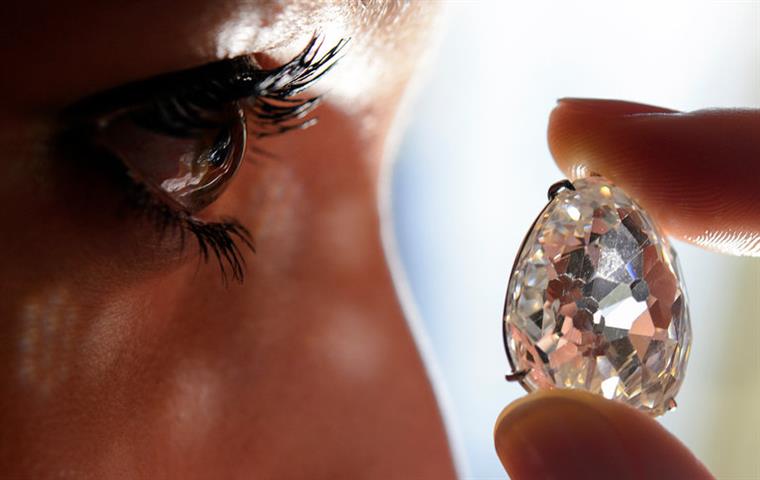Researchers reported on a technique to store data permanently in diamonds.
.jpg)
The 35-carat Beau Sancy diamond was worn by Marie de Medici at her coronation in 1610. In a study on Wednesday, researchers reported on a technique to store data permanently in diamonds. Credit Fabrice Coffrini/Agence France-Presse — Getty Images
.jpg)
If you wear a diamond on your finger, it likely has flaws, even if you can’t see them. Don’t blame your partners for your flawed engagement rings, thank them. You could be flaunting the future of data storage on your digits.
A paper published Wednesday in Science Advances shows how diamonds can be harnessed to store data for the long term. Right now, a tiny diamond — about half as long as a grain of rice and thinner than a sheet of paper — can hold a hundred times more information than a DVD. That’s not much within the context of the world’s growing data hoard. But in the future physicists could access a diamond with storage capacity a million times greater than that of a DVD, maybe more.
Groups all over the world are scrambling to find a place to cram all the data we’re generating taking selfies, swiping credit cards and doing just about everything we do today. They’ve proposed DNA, holograms, old-fashioned magnetic tape and other ideas. Diamonds aren’t new to the memory game, either. They’ve been proposed for quantum data storage, which is kind of like teleportation. But this isn’t that. It’s basic storage 101 — 010101 (and so on).
READ FULL REPORT https://www.nytimes.com/2016/10/27/science/diamonds-data-storage.html?action=click&contentCollection=Science&module=RelatedCoverage®ion=EndOfArticle&pgtype=article
Hi! I am a robot. I just upvoted you! I found similar content that readers might be interested in:
https://www.nytimes.com/2016/10/27/science/diamonds-data-storage.html?_r=0
Downvoting a post can decrease pending rewards and make it less visible. Common reasons:
Submit